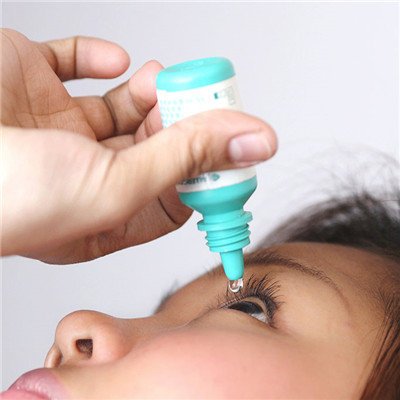Symptoms of congenital glaucoma
summary
Congenital glaucoma is due to the embryonic development disorder, so that the angle structure congenital abnormalities or residual embryonic tissue, blocking aqueous humor discharge channel, resulting in elevated intraocular pressure, the whole eyeball continues to grow, also known as water eye, or developmental photophthalmos. Glaucoma in children is a disease that causes optic nerve damage. The optic nerve is composed of many nerve fibers. When the intraocular pressure increases, it can lead to optic nerve fiber damage and visual field defect. Early mild visual field defects are usually difficult to detect, such as severe optic nerve damage, can lead to blindness. What are the symptoms of congenital glaucoma? Let's talk about it
Symptoms of congenital glaucoma
Congenital glaucoma mostly exists at birth. It was found that the cornea was foggy and the diameter of the cornea expanded more than 11 mm. In severe cases, there were strip opacity and cracks in the posterior elastic layer; The anterior chamber is very deep; The pupil dilated slightly; Fundus: in late stage, the optic disc was pale and annular concave; The intraocular pressure is very high; Eyeball enlargement.

Juvenile glaucoma is a kind of glaucoma that occurs under 30 years old and does not cause eyeball enlargement. The clinical process is also like chronic simple glaucoma, the onset is hidden and the progress is slow, but the condition of juvenile glaucoma is more serious, the intraocular pressure is changeable, and even increases rapidly. Glaucoma should be suspected in children and young people with rapidly progressive myopia. High intraocular pressure on young people can expand the cornea and sclera, thus aggravating myopia. After the progress of the disease, progressive optic atrophy, enlargement of optic papilla depression and visual field defect can be seen.

Corneal opacity is epithelial and subepithelial edema, causing mild milky opacity. In the late stage, it showed permanent turbidity. After corneal dilation and corneal edema, the intraocular pressure continues to rise, and the eyeball wall expands due to the pressure, which makes the whole eyeball enlarge continuously and present watery eye shape, and the corneal diameter can reach about 12mm.

matters needing attention
It is generally believed that congenital glaucoma is suitable for surgical treatment, and it is not sensitive to mydriasis drugs. Drug treatment is difficult to be effective. It is often necessary to apply carteolol hydrochloride, timolol, carbonic anhydrase inhibitors and prostaglandins before operation, which can reduce intraocular pressure and corneal edema. The main operation methods were goniotomy, trabeculotomy or trabeculectomy. More than 80% of the patients could control their intraocular pressure. Trabeculotomy is a reasonable choice for the treatment of congenital glaucoma. Although the purpose of goniotomy is to cut the pathological membrane of the trabecular, it may also cut the trabecular, which also has the effect of reducing intraocular pressure.
















